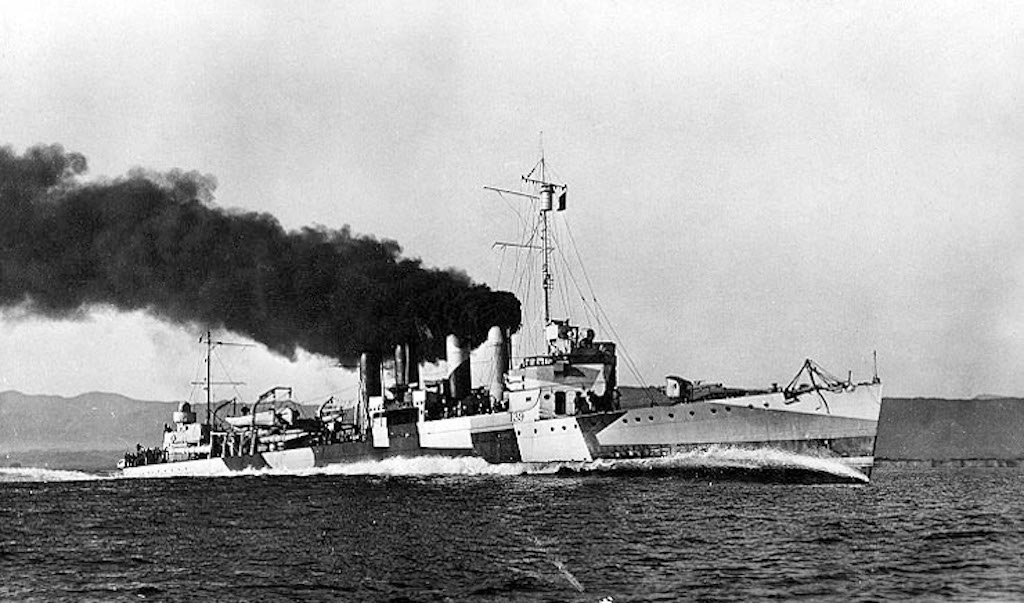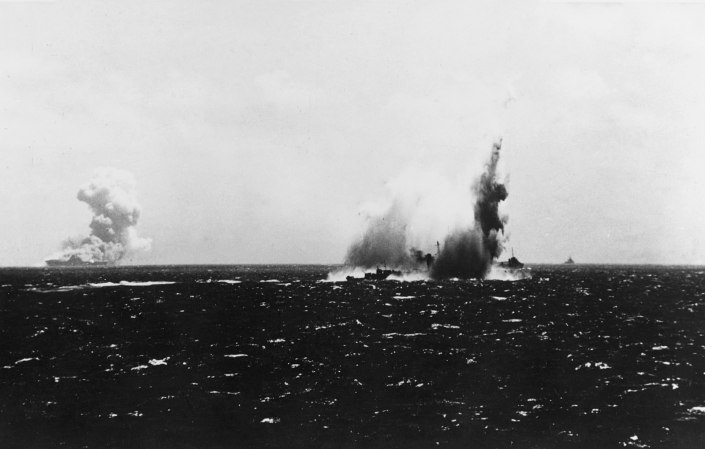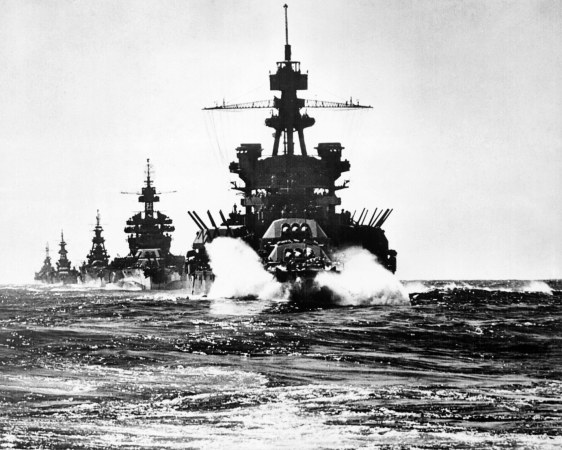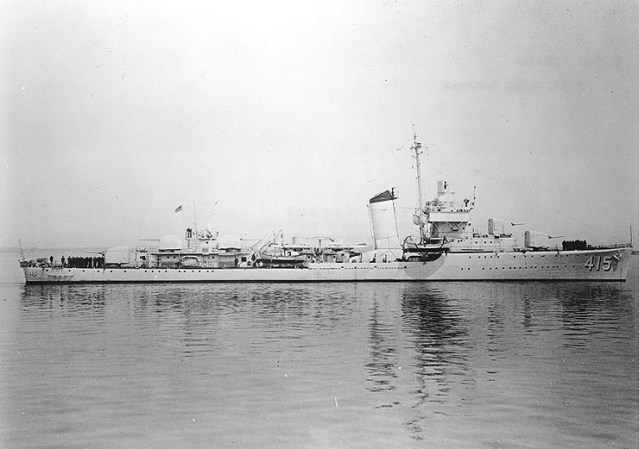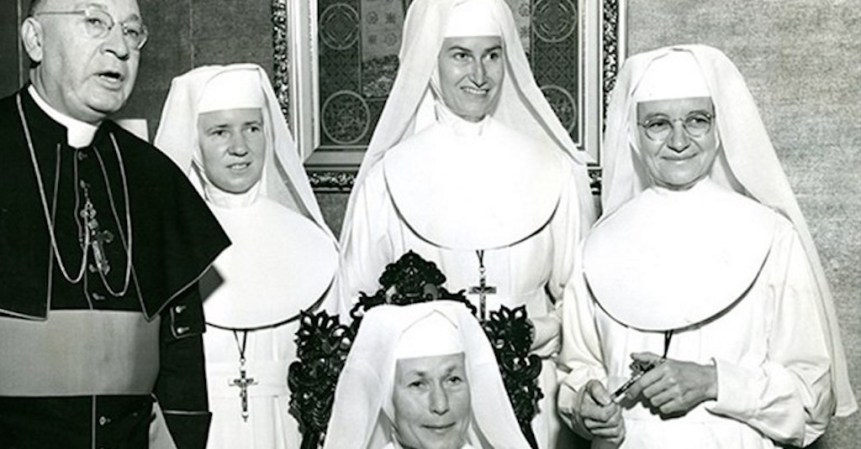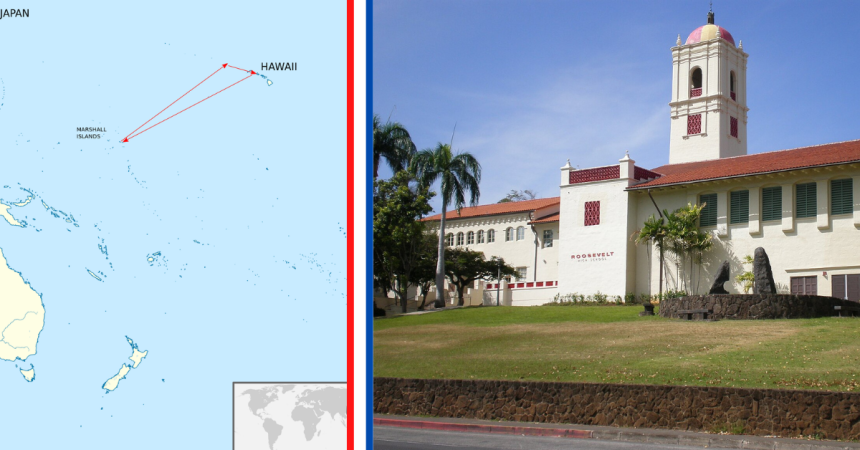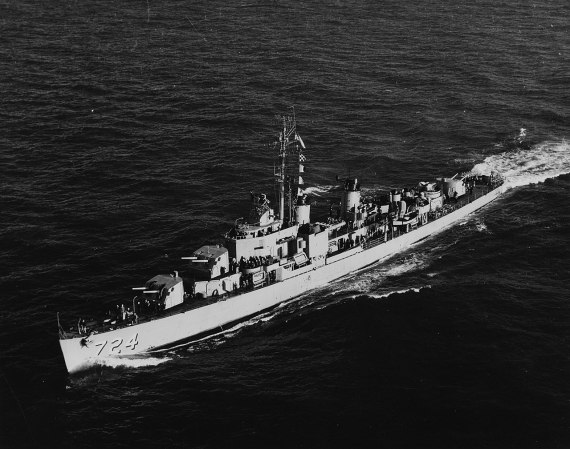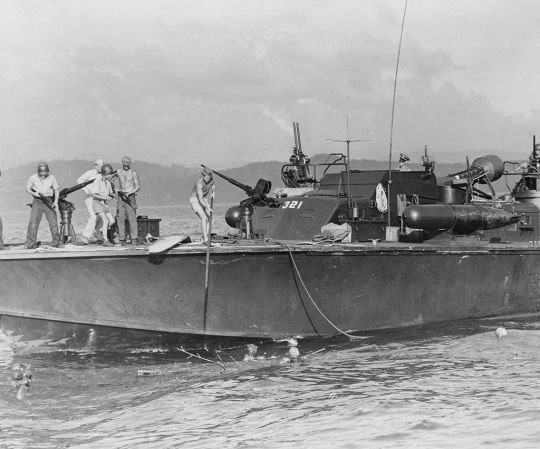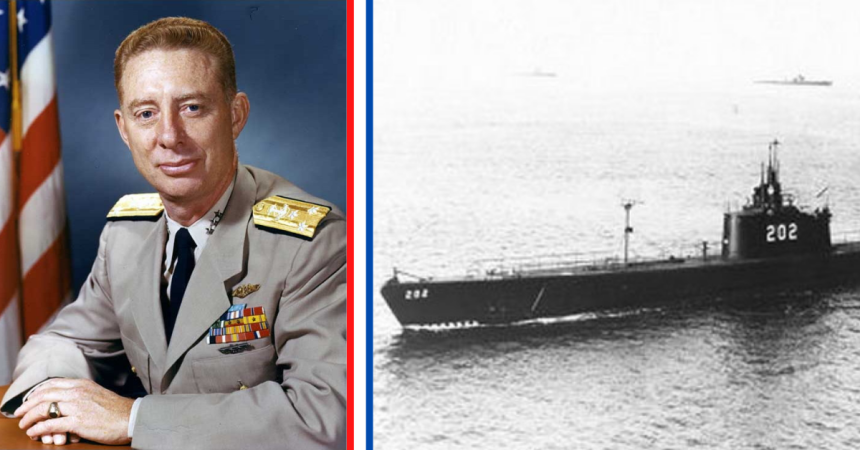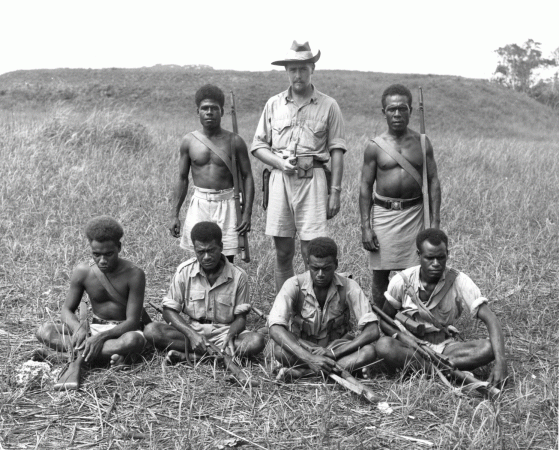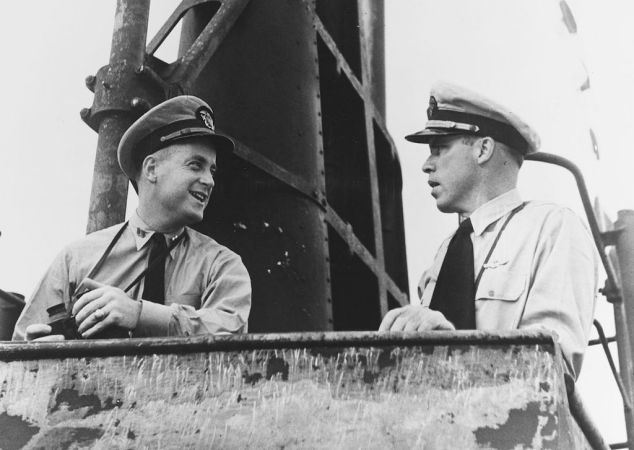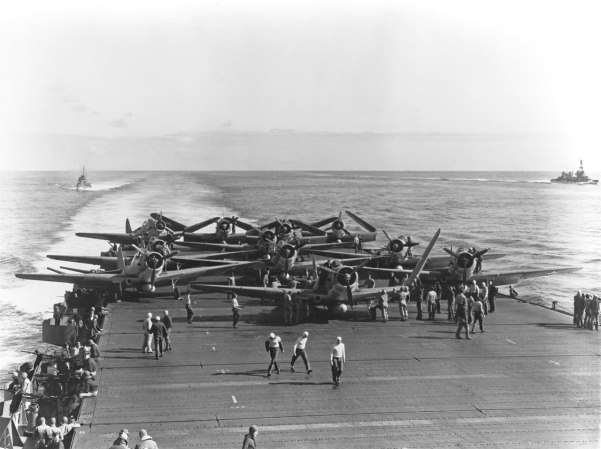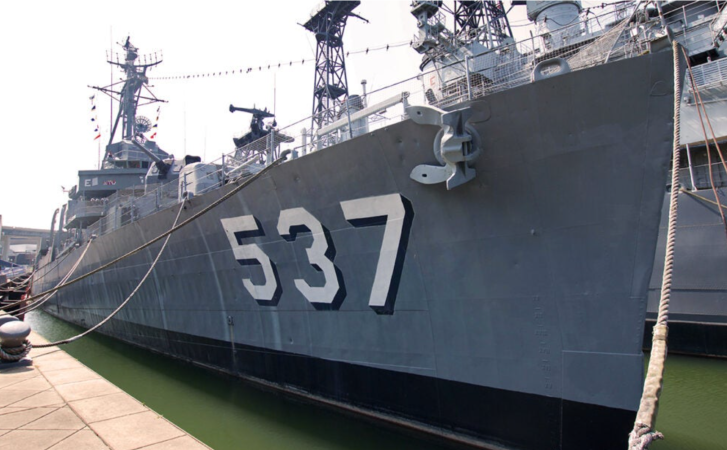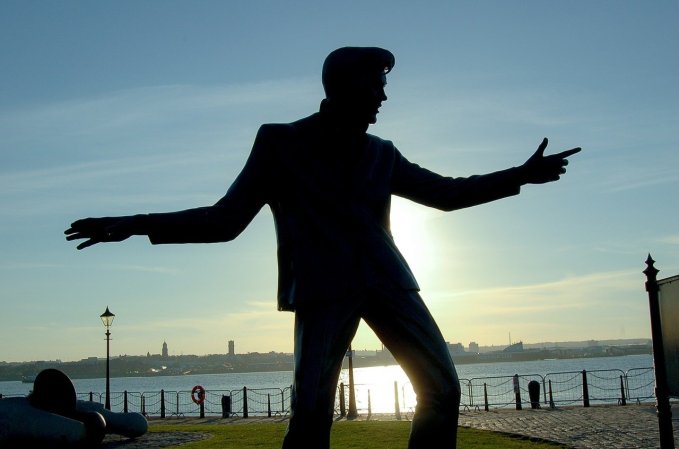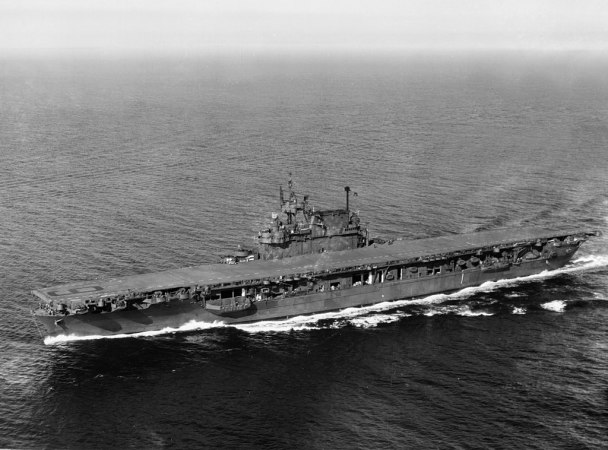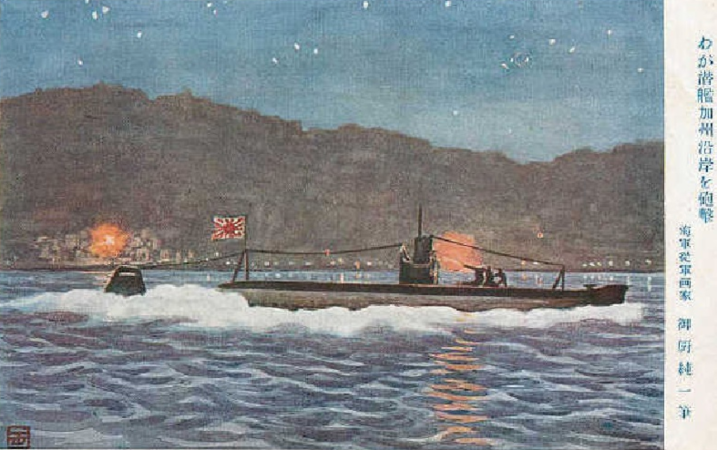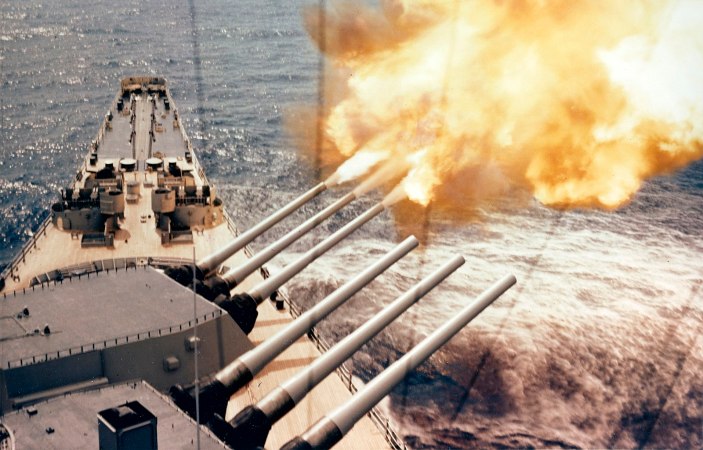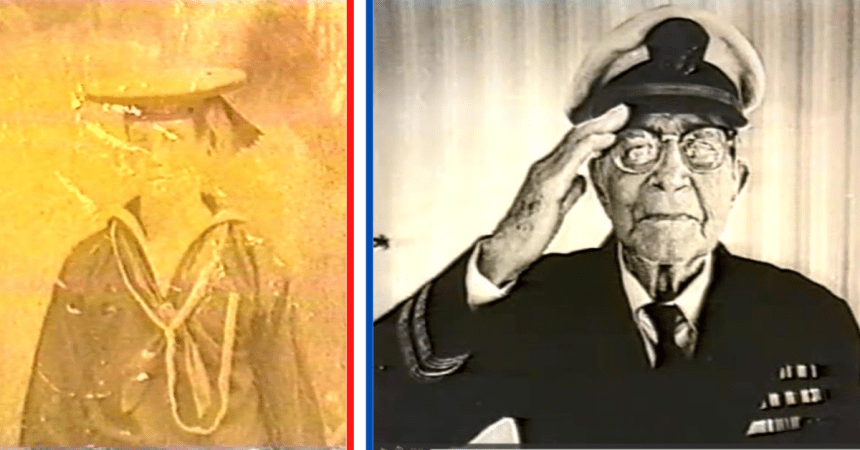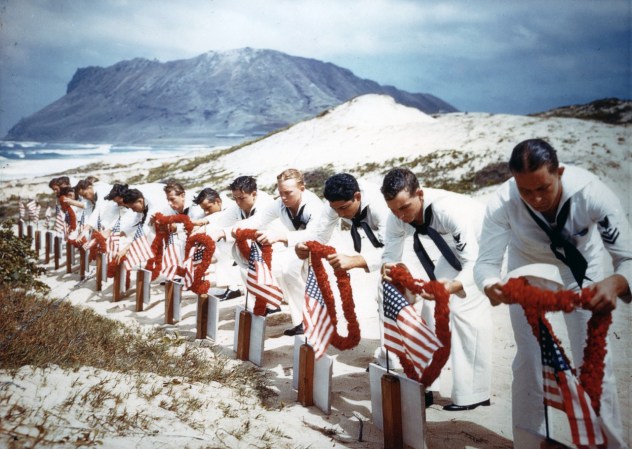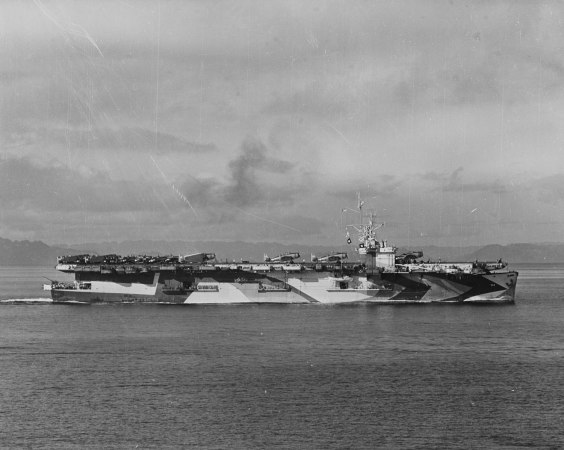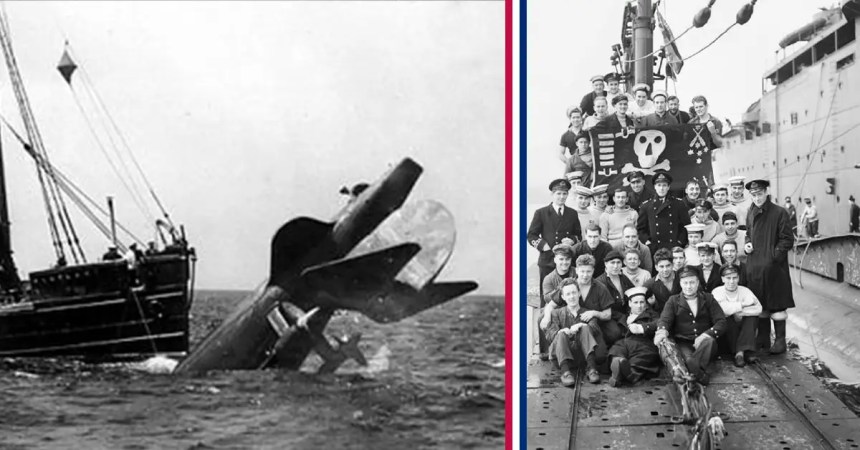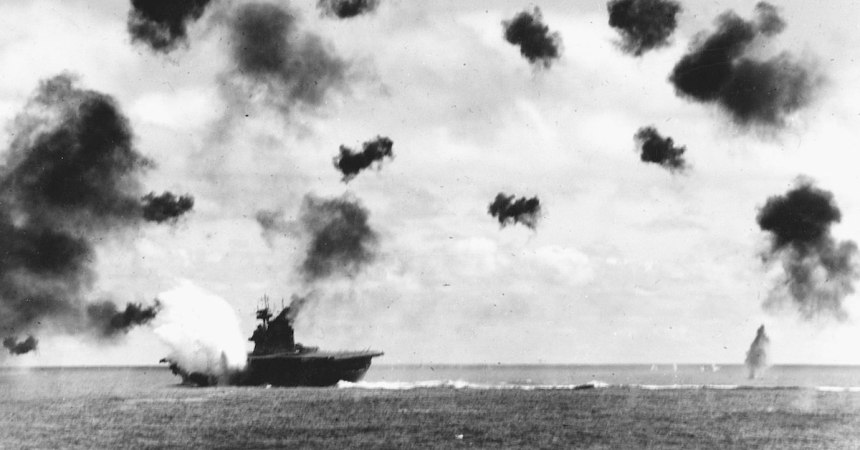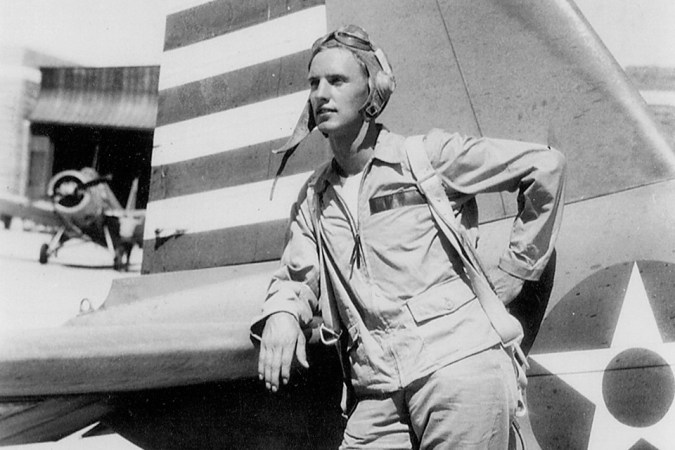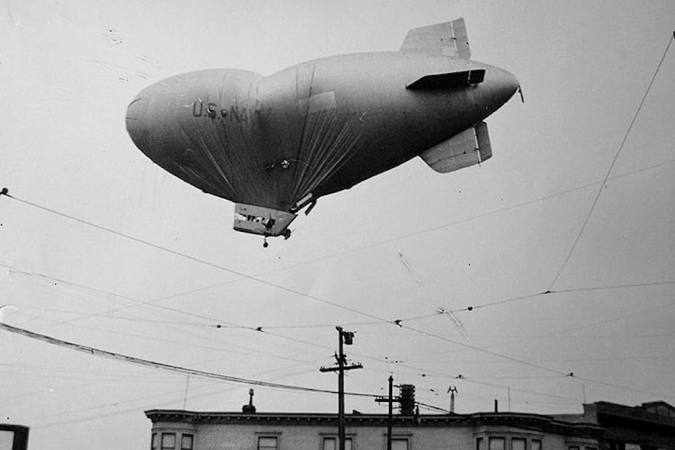Given that World War II was one of the largest and most encompassing events in human history, it is not so remarkable when amazing coincidences occurred within land battles or among aircraft or ships. One such ship that had its share was the USS Ward.
The USS Ward was a World War I era “Wickes” class destroyer that saw service in that war in both the Atlantic and Pacific. She was named in honor of Commander James Harmon Ward, USN, the first U.S. Navy officer to be killed in action during the American Civil War. “Mothballed” in the 1920s, she was returned to active service in January 1941 with the Pacific Fleet, skippered by LCDR William W. Outerbridge, and crewed by Naval reservists, many from, of all places, the State of Minnesota. The ship was on patrol duty in the waters of Oahu, Hawaii, on Sunday morning, Dec. 7, 1941.
Earlier in the pre-dawn, the coastal minesweeper Condor reported a periscope sighting, promoting Commander Outerbridge to call for an active search for submarines. At approximately 0630, a passing PBY Catalina patrol plane reported a periscope sighting in the vicinity of the USS Antares, a Navy cargo ship returning to Pearl Harbor. Just a few minutes later, lookouts on the Ward sighted a periscope, indeed tailing the Antares. The Ward’s crew opened fire and believed they had hit the unknown sub with their 5-inch gun. The sub quickly disappeared below the waves, and the Ward then followed up with a depth charge attack.
Commander Outerbridge, a Naval Academy graduate and seasoned officer, urgently reported the action, clearly stating they had encountered a submarine and believed they had damaged and possibly sank it. Unfortunately, in one of the greatest missed opportunities in military history, Naval authorities at Pearl Harbor dismissed the report as “war nerves” being displayed by a “reserve crew” until a little over an hour later when Japanese bombs started dropping on their heads.
In 2022, the wreckage of a Japanese Type A Ko-hyoteki midget submarine was found on the ocean floor by a University of Hawaii research submersible in the precise location of Ward’s action in 1941. A single, neat, five-inch hole in the sub’s conning tower was the only apparent damage. Five Type As were used in the Pearl Harbor attack, with possibly two making it into the harbor, and one able to launch its two torpedoes at Battleship Row, but without effect.

As the war in the Pacific gained momentum, it was determined that the venerable Ward was not fast enough and could not be re-equipped to function as a modern destroyer. However, in no way was the Ward destined for the scrap yard. She was refitted in 1942 as an APD, primarily an armored high-speed transport that still carried some Naval caliber guns. APDs were used to transport Marine Raiders, Underwater Demolition Teams (UDTs- the frogman forerunners of the SEALs) and Army Rangers for landing on hostile shores and providing fire support.
By 1943, the USS Ward was back in harm’s way in the Pacific, participating in no less than nine separate assaults across the South Pacific and New Guinea, coming under direct attack several times. December 1944 found her performing her armed transport duties in Ormoc Bay off of Leyte Island, during the invasion of the Philippines.
She came under air attack by Japanese aircraft, using a new tactic of self-sacrifice by crashing into U.S. Navy ships. The Ward was hit at the waterline amidships by one of the attacking kamikazes. Fire consumed the old sea warrior, and the crew was ordered to abandon ship. Only one crew member had been injured. Although mortally damaged in one of the first-ever kamikaze attacks of the war, the ship refused to sink.
Posing a hazard to other ships, the burning Ward was ordered to be sunk by an accompanying destroyer, the USS O’Brien, a storied warship in her own right, including action off the French coast on D-Day. The O’Brien’s commanding officer was none other than Lt. Cmdr. William Outerbridge, the Ward’s 1941 skipper at Pearl Harbor. The Ward slipped beneath the waves on December 7, 1944, exactly three years after she had struck “first blood” for the Navy in the Pacific War against Imperial Japan.
In 1957, William Outerbridge retired at the rank of rear admiral. In 1958, one of Ward’s four-inch guns, removed in the 1942 conversion, was installed as a war memorial in St. Paul, Minnesota. A plaque listing the Naval reservists from St. Paul who served aboard Ward is displayed in the St. Paul City Hall. In December 2017, the Research Vessel Petrel’s Remotely Operated Vehicle located and made a survey of the wreck of the Ward in Ormoc Bay.


